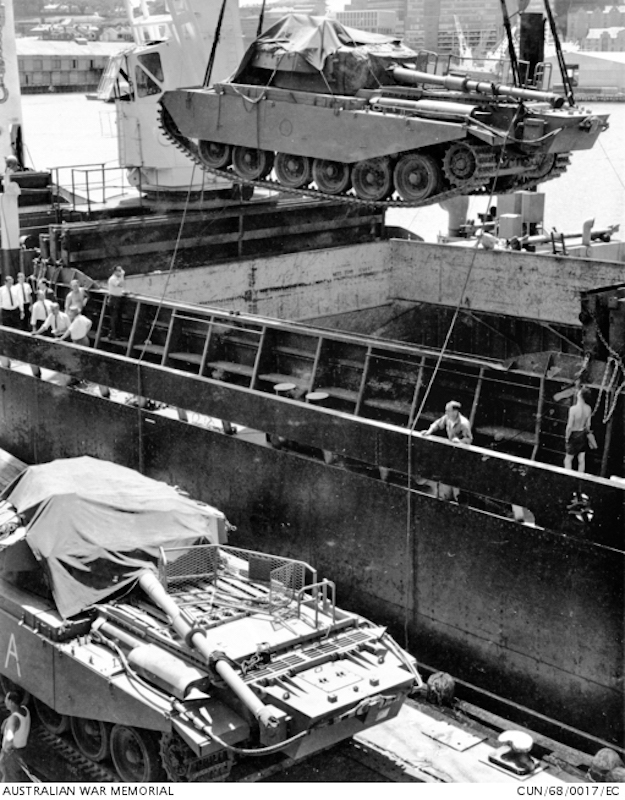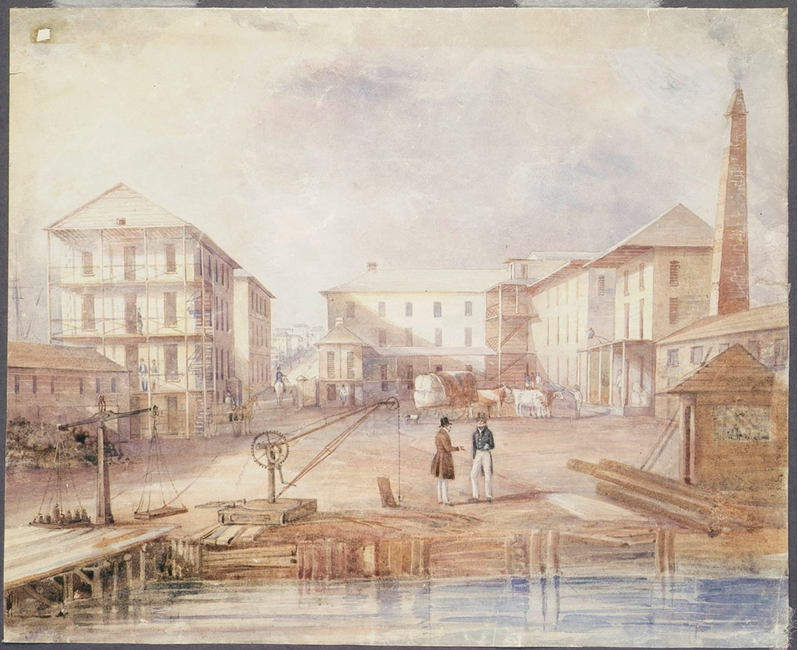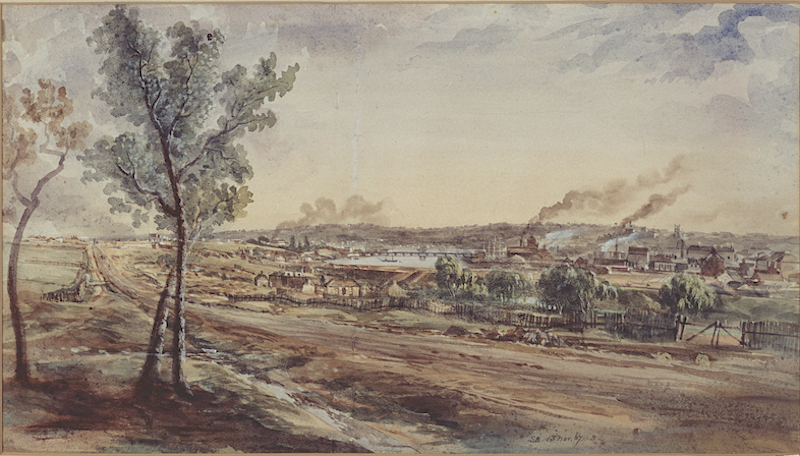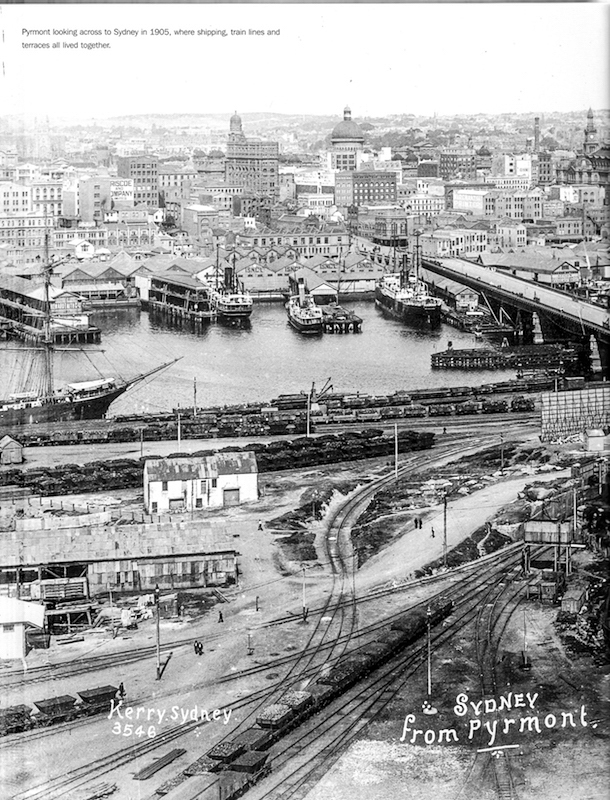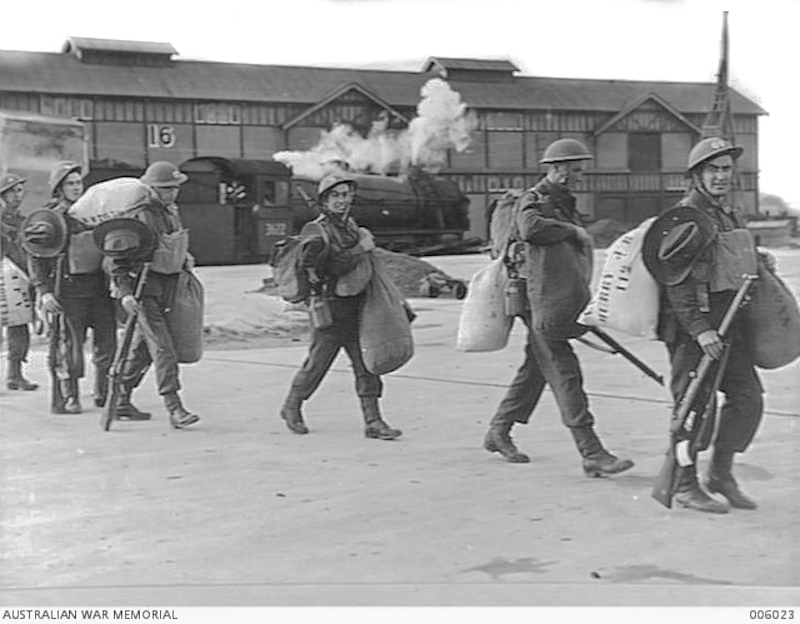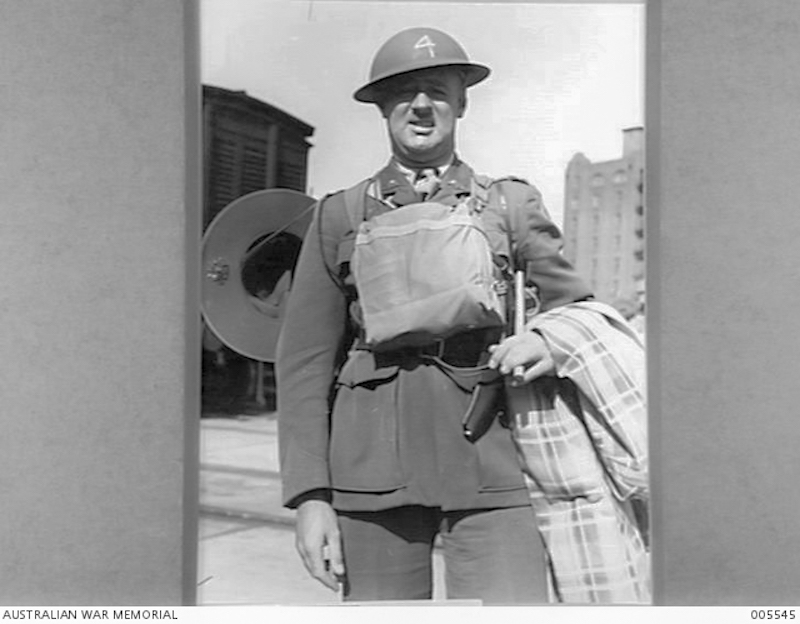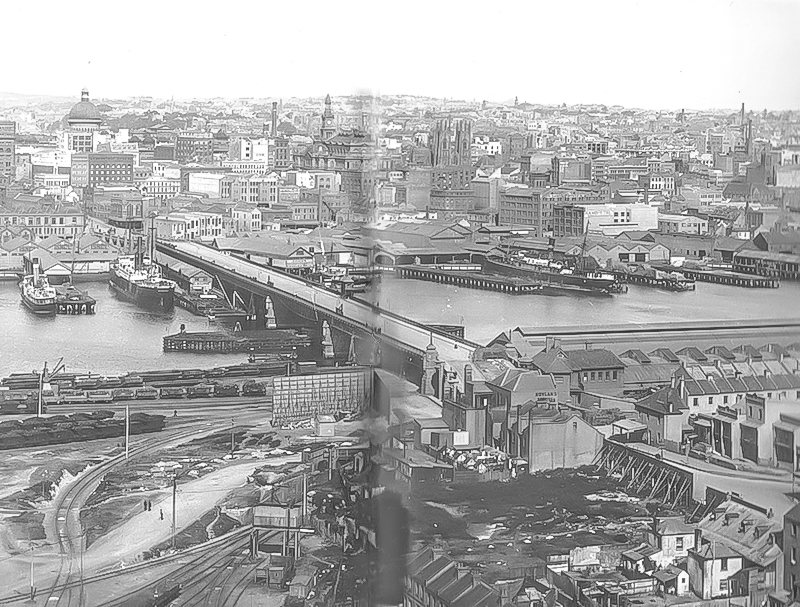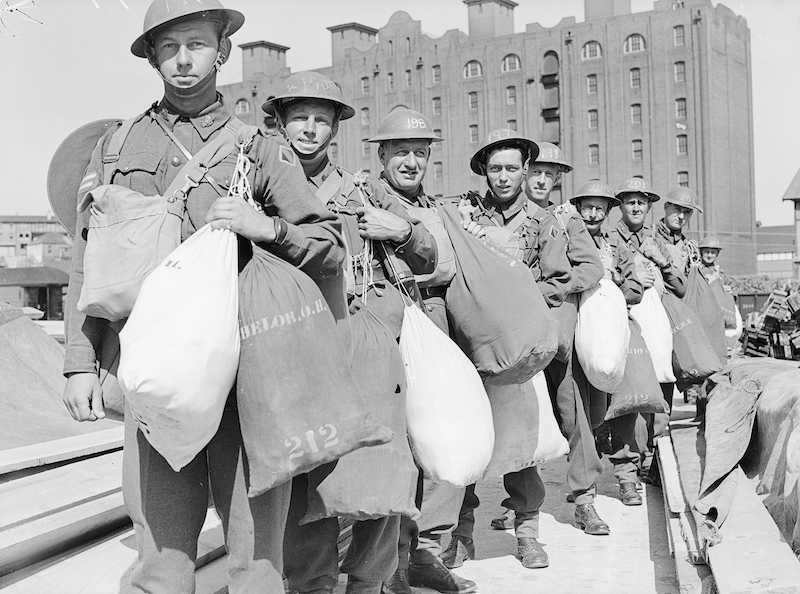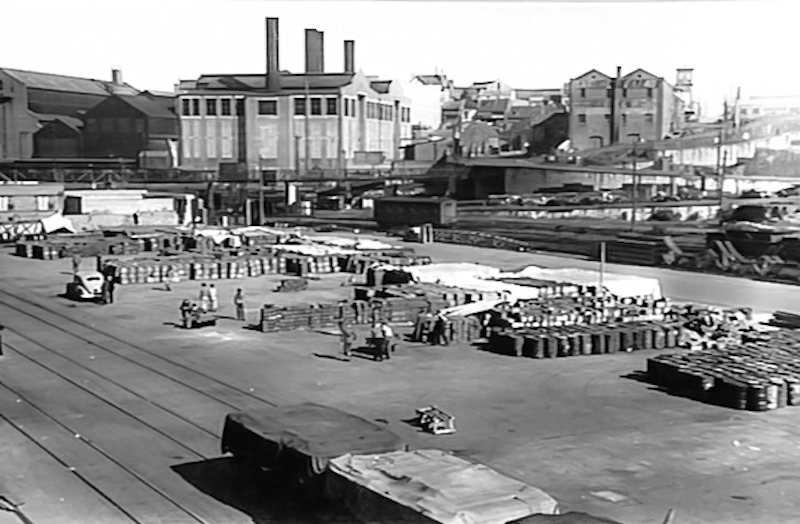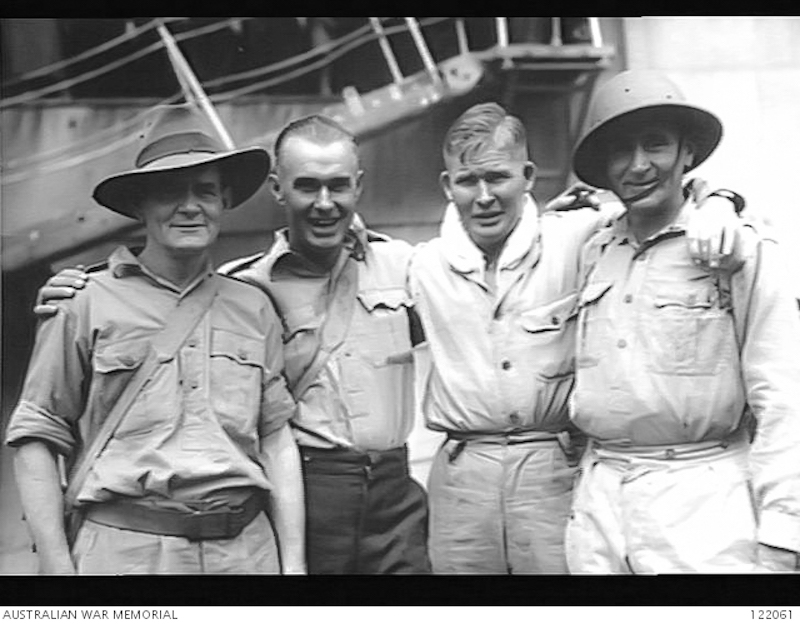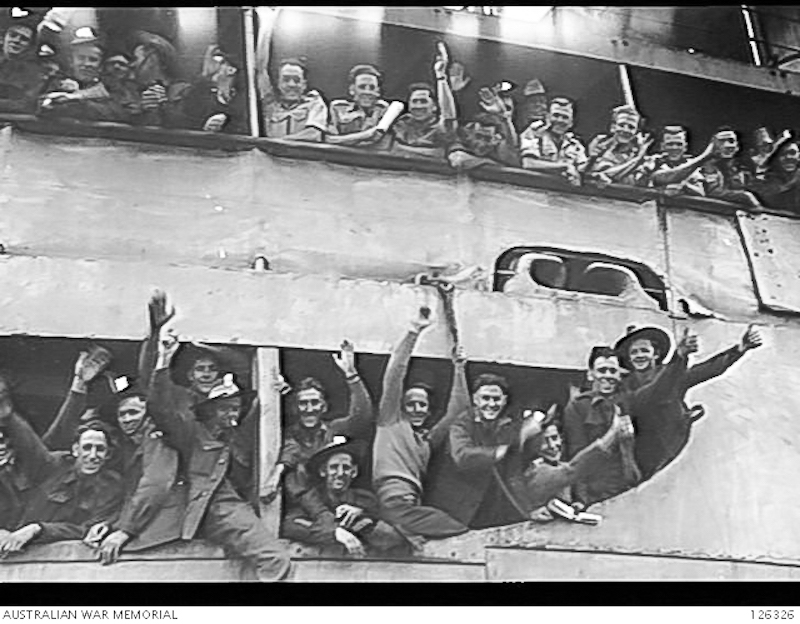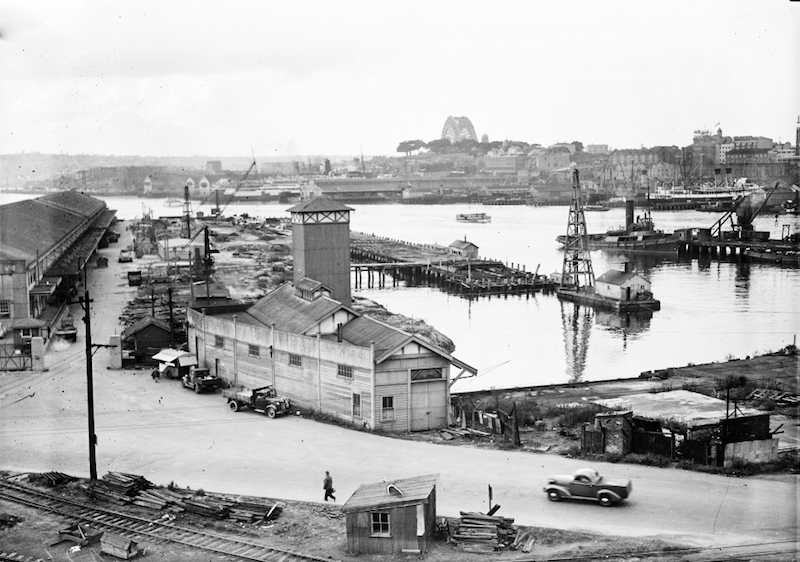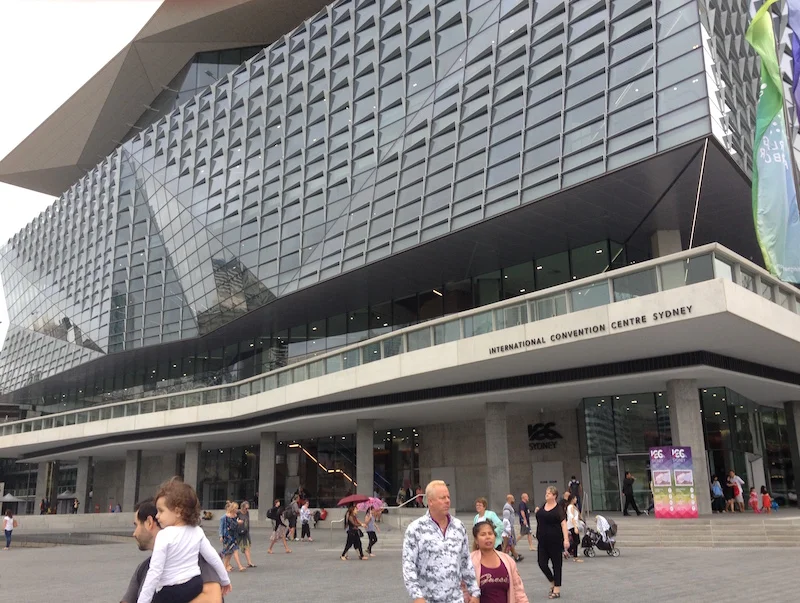Locations > Darling Harbour
Darling Harbour
This bay provided so much food that the Wangal and Gadigal clans called it ‘Tumbalong’, a place to find seafood. They left such great shell middens that Europeans called it ‘Cockle Bay’ until 1826 when it was named for Governor Ralph Darling.
Wharves were built to bring commodities into the city, and in 1855 increasing trade prompted the construction of a train line. Over the next two decades Darling Harbour was transformed into a major port and railway hub, sending wool and wheat from the interior to overseas markets, as well as consumer goods in all directions.
Rail and shipping facilities expanded until the 1970s, when containers and road transport were choking the city. Port Botany began to rival Darling Harbour, and then replaced it as Sydney’s cargo port. Darling Harbour was revitalised as a leisure quarter, around the Sydney Entertainment Centre and the Philip Cox-designed Convention Centre, amid shops and restaurants serving tourism.
By the 2010s this complex was deemed too small, and bulldozers made way for a new Darling Harbour. As the State Government re-created all Sydney’s wharves, Darling Harbour gained the International Convention Centre, and several commercial and residential buildings.
Related Items

View to Sydney from Pyrmont 1905, Collis – State Library of New South Wales
Frederick Garling, State Library of New South Wales
